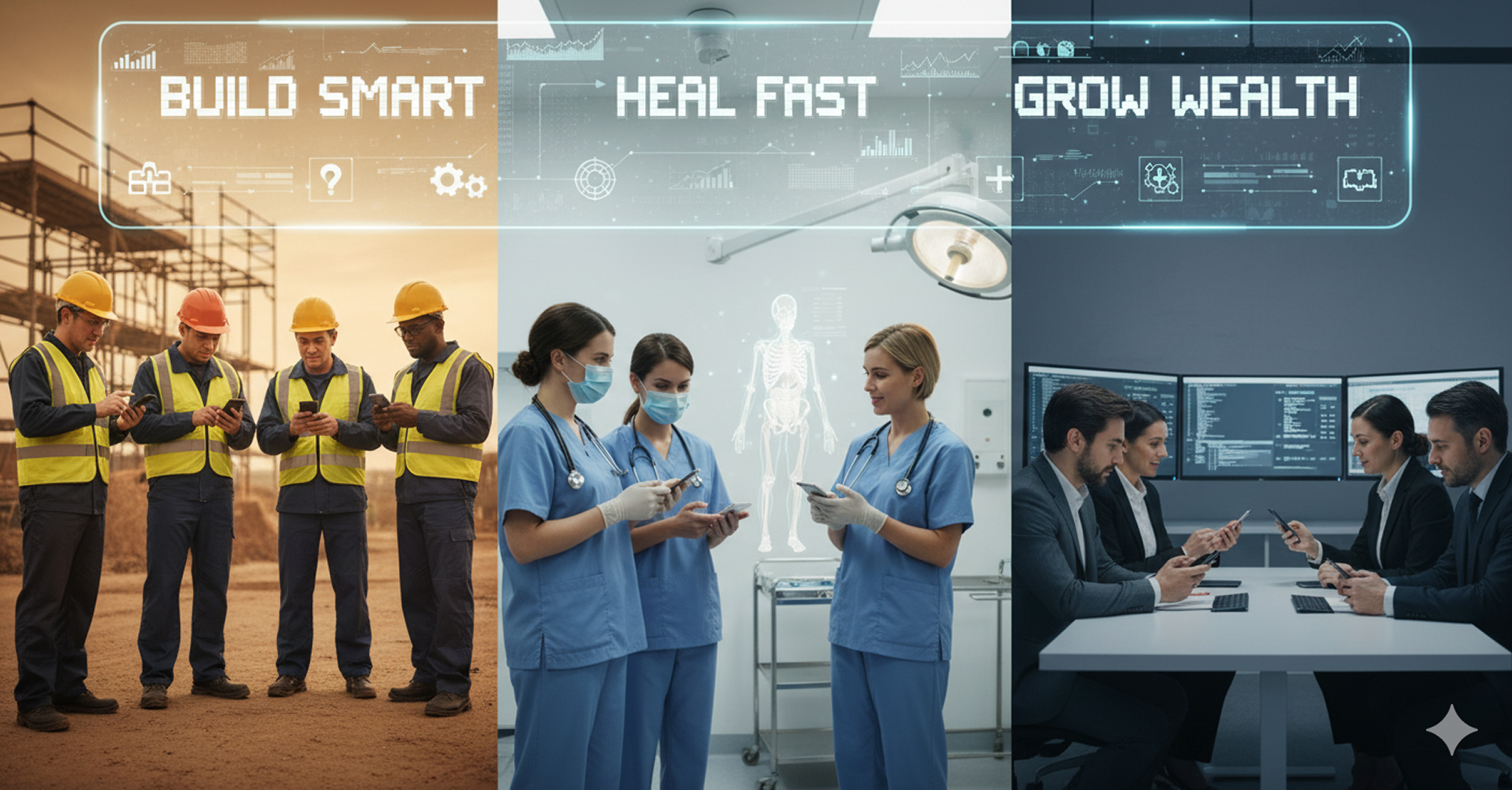Microlearning
The Agile Workforce: Unlocking Performance with Microlearning in the Flow of Work

Even as we enter the workforce, this passive learning format continues to plague traditional corporate training. This presents a critical disconnect. Continuous learning is no longer a simple benefit, but one of the fundamentals to an organization’s survival, resilience, and ability to thrive in today’s turbulent global environment. The learning and development programs of a company directly impact business outcomes and are essential for fostering a deeply engaged workforce.
This disconnect reveals a costly paradox: organizations invest billions in employee development, yet the vast majority of that knowledge evaporates within weeks. The established model of large-scale, event-based training is fundamentally misaligned with the cadence of modern work. A new strategic imperative is emerging, one that focuses on building a smarter, more agile workforce not through disruptive events, but through continuous, integrated learning.
What Does Corporate Training Look Like?
For decades, corporate training has been defined by the scheduled seminar, the day-long workshop, and the mandatory e-learning module. These methods treat learning as a destination: a separate activity that pulls employees away from their core responsibilities. This approach is proving increasingly unsustainable.
Employees often view these sessions as interruptions rather than opportunities. They are subjected to a firehose of information, with little chance for practical application or reinforcement. The major pain points of this model are clear:
Massive Upfront Effort: Organizing large-scale training events requires significant logistical and financial investment for often diminishing returns.
Productivity Disruption: Compliance-related or government-mandated training programs, while necessary, frequently halt productive workflows for entire departments.
Low Knowledge Retention: Based on the Ebbinghaus Forgetting Curve, without reinforcement, employees forget nearly 70% of what they've learned within 24 hours. The knowledge simply doesn't stick.
A New Training Methodology: Microlearning in the Flow of Work
Microlearning is not just a smaller version of e-learning; it's a fundamentally different strategic approach. It delivers short, focused bursts of content, typically 2-5 minutes long, designed to meet a specific learning outcome exactly when it's needed. It's less like a dense textbook and more like a series of strategic, actionable flashcards delivered at the perfect moment.
This model directly addresses the core mechanics of human cognition by leveraging principles like spaced repetition and active recall. By integrating learning into the daily workflow, microlearning enables practice, provides timely feedback, and fosters habit formation. It transforms learning from a disruptive event into an empowering, contextual tool.
What is the difference between
E-learning and Microlearning?
Business leaders must understand the crucial distinction between traditional e-learning and microlearning to unlock its true value. These are not interchangeable terms; they represent fundamentally different strategic approaches to workforce development.
Traditional E-learning
Traditional e-learning is designed to impart a significant amount of new information, encompassing entire courses or a series of modules that a learner must complete. This structured approach typically requires users to progress through content in a specific order.
In practice, this often manifests in a cumbersome user experience. An employee receives an email notification for a mandatory program, navigates to a designated learning portal, and is required to sit through lengthy, time-bound videos. The process often culminates in a series of multiple-choice questions with generic feedback, where true knowledge retention is secondary to completion.
While comprehensive e-learning courses have their place for building deep, foundational knowledge, they often fail to provide the on-demand, contextual support that modern employees require.
Microlearning
Microlearning serves as a performance support tool embedded directly within the workflow. This approach is characterized by its focus on delivering "small bites of learning," leveraging granularity and the simplification of the learning process. It is engineered for the modern learner (who is often overwhelmed, distracted, and impatient) by delivering immediate, actionable content.
Leveraging mobile computing, microlearning is delivered through dedicated apps or, more powerfully, integrated into frequently-used chat platforms like WhatsApp or Slack. This drastically reduces the friction to access knowledge. Modern learning architectures that support microlearning are small-scale and flexible, creating a dynamic ecosystem that supports on-demand skill development and continuous engagement.
From Theory to Application
Connecting this visionary concept to practical application is where its value becomes undeniable. Microlearning shines when it is used to deliver targeted, actionable information that solves an immediate need.
Onboarding: Instead of a multi-day information dump, new hires receive short videos, checklists, and quick-read guides on their devices as they navigate their first weeks. This contextual support reduces cognitive load and accelerates their time to productivity.
Construction & Manufacturing: A worker can scan a QR code on a piece of machinery and instantly receive a 90-second video demonstrating the correct pre-operation safety check. This process can include a guided checklist, creating a verifiable record of compliance and enhancing worksite safety.
Data Privacy Training: Rather than a single, annual 60-minute course, employees receive a 3-minute scenario-based challenge every month. This continuous reinforcement keeps critical compliance knowledge top-of-mind and builds a durable culture of security.
Pilot a Microlearning Initiative
Embarking on this journey does not require a complete overhaul of your existing L&D program. A targeted pilot program can demonstrate value quickly and build momentum for a wider rollout.
Identify a High-Impact Use Case: Start with a single, pressing business problem. Is it a common safety violation, a frequently asked IT support question, or a gap in sales team product knowledge?
Define Success Metrics: Determine what you will measure to prove ROI. This could be a reduction in safety incidents, a decrease in support tickets, or an increase in sales conversion rates for a specific product.
Select the Right Content and Platform: Develop a small set of high-quality, engaging micro-content for your chosen use case. Leverage a modern microlearning platform designed for mobile-first, in-workflow delivery.
Launch, Measure, and Iterate: Deploy the pilot to a small, controlled group. Gather feedback and performance data, then refine your approach before scaling the initiative across the organization.
The march towards a more dynamic, resilient, and intelligent workforce is underway. Microlearning is a strategic lever for building organizational agility and ensuring long-term business sustainability. The time to move beyond the flat screen and embrace learning in the flow of work is now.
Have a high-impact use case identified? Or any existing training content ready to be converted into an agile, mobile-first format? Get in touch to launch a free microlearning pilot program!
